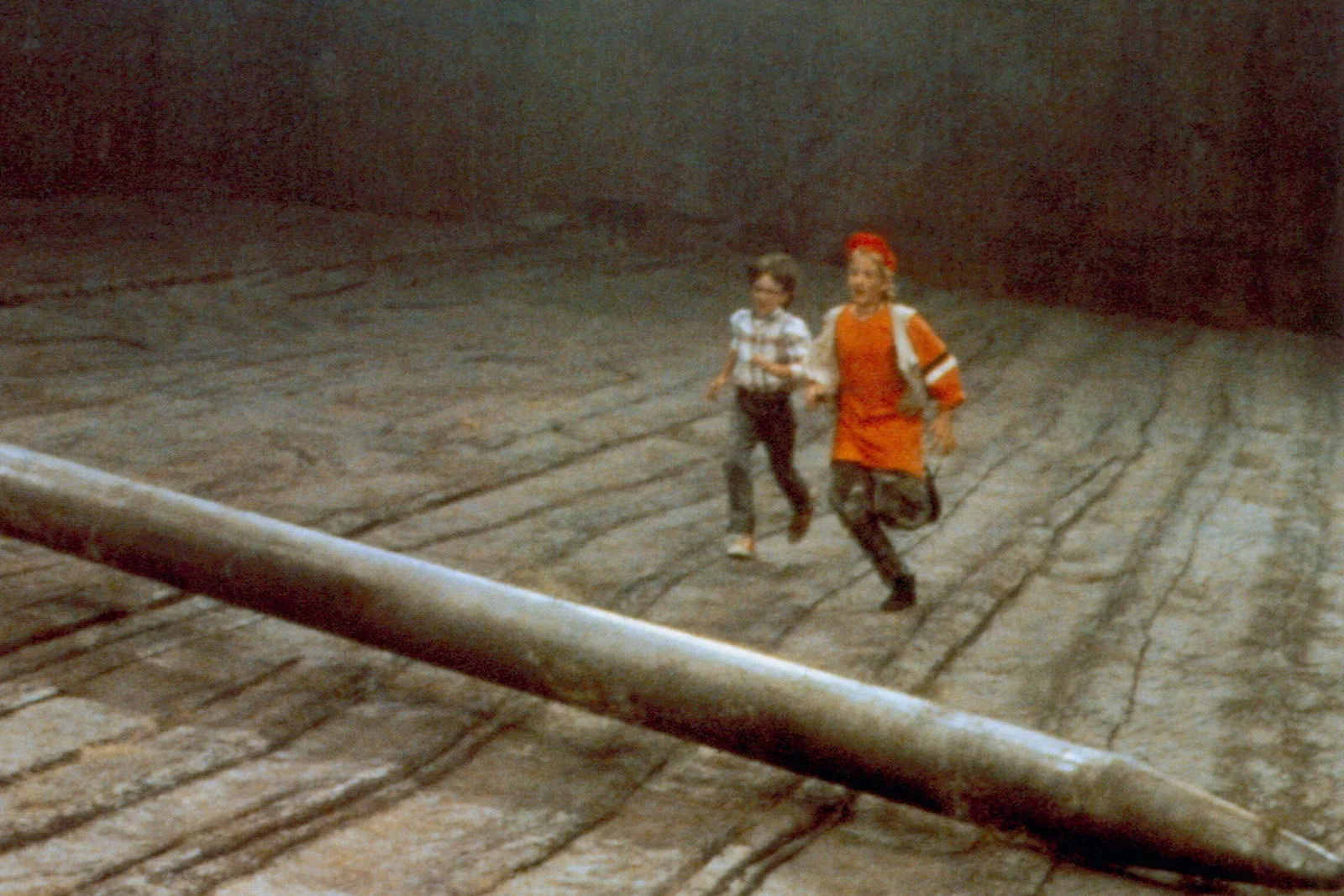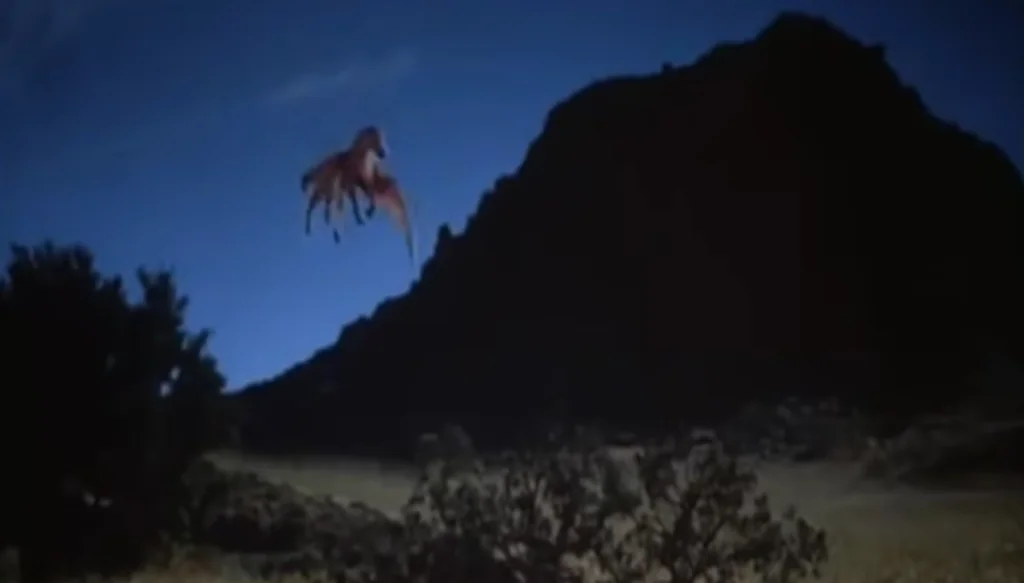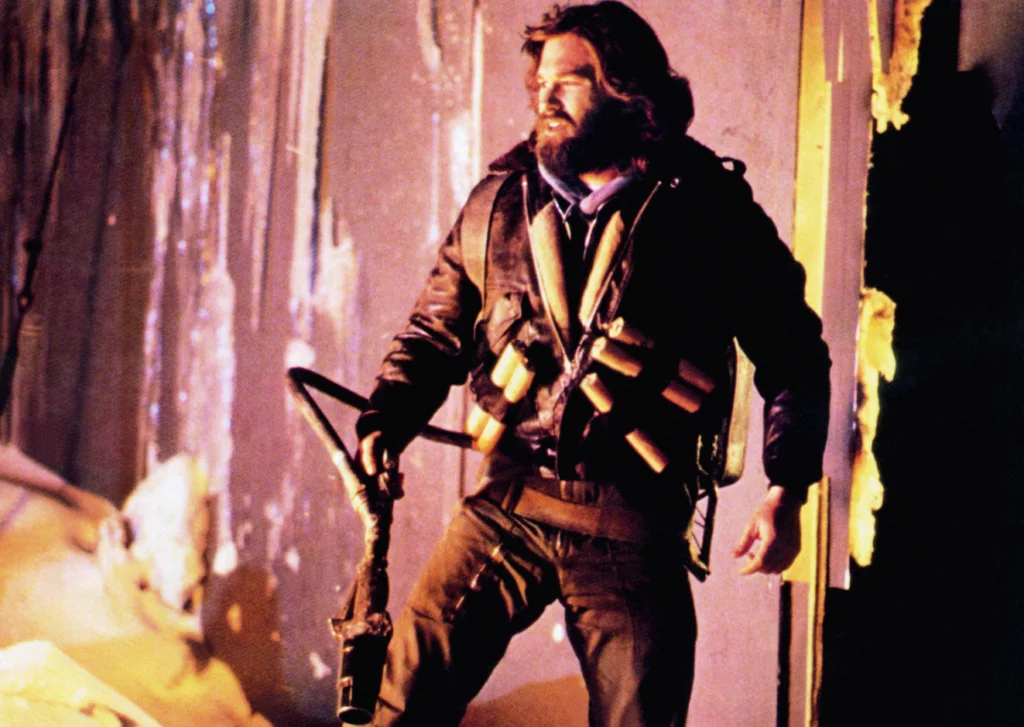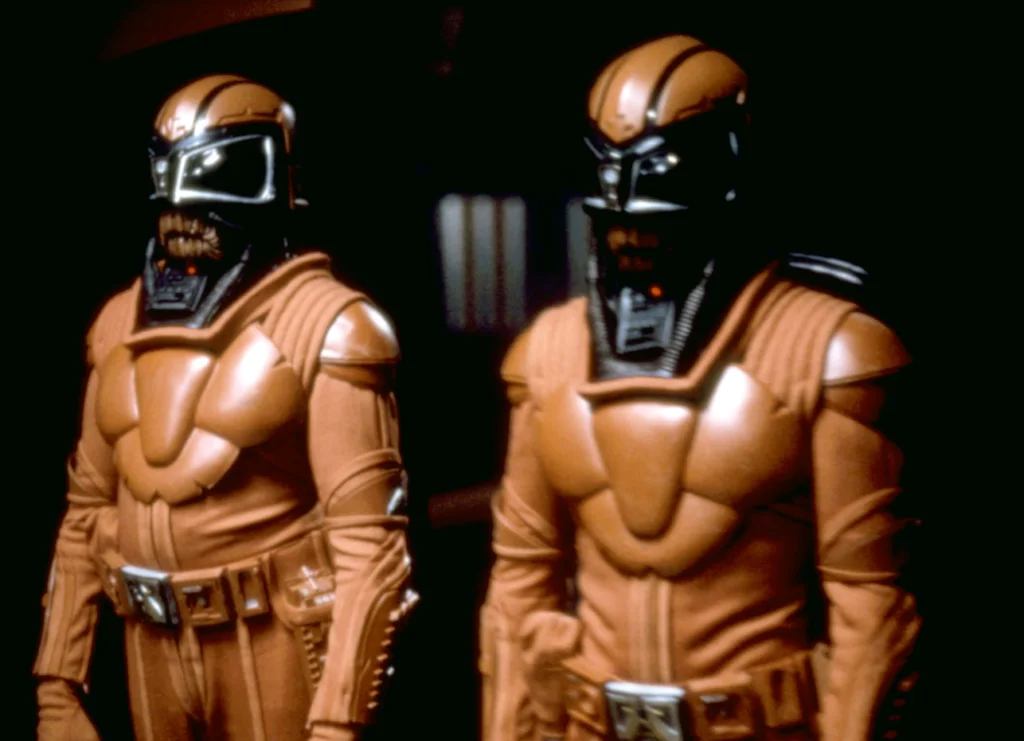There was something magical about the special effects of the 1980s. Before the era of sleek CGI and digital wizardry, movie magic came in the form of puppets, matte paintings, stop-motion, and practical tricks that made our jaws drop—at the time, anyway. Sure, they may seem a little rough around the edges now, but back then, these effects didn’t just entertain us—they transported us to galaxies far, far away, into haunted libraries, and aboard time-traveling DeLoreans.
1. Ghostbusters (1984)

From the gooey Slimer to the towering Stay Puft Marshmallow Man, Ghostbusters threw every practical effect it could at the screen—and we ate it up like popcorn. The library ghost that transformed from a kindly old spirit to a screaming phantom was pure nightmare fuel, and the proton streams zapping ghosts looked so convincing we half-expected one to blast through our TVs. Miniatures, matte paintings, and optical effects brought New York’s ghostly invasion to life with charm and chaos. Screen Rant also notes the film had an immediate impact upon release that usually goes overlooked.
Today’s digital generation might spot the strings, but back then, we were floored. The ghosts glowed just right, and the mix of horror and humor felt fresh. Whether it was terror dogs bounding across rooftops or marshmallow goo raining down, we believed every second.
2. An American Werewolf in London (1981)

David’s werewolf transformation scene was a revelation in 1981. We watched his hands stretch, his spine crack, and hair sprout across his body—and none of it happened off-screen or in silhouette. It was Rick Baker’s animatronic wizardry on full display, with close-ups that were both mesmerizing and horrifying. The Guardian gives special shoutout to this movie as John Landis’s most brilliant.
The snout extending, fingers bending backward, and contorted screams all felt painfully real. Even the aftermath, with David panting naked on the floor, hit like a gut punch. The effect hasn’t aged flawlessly, but its ambition and impact still earn it a legendary spot in horror history.
3. Raiders of the Lost Ark (1981)

Opening the Ark of the Covenant gave us one of the most memorable climaxes in adventure cinema. Nazi faces melted like wax under a heat lamp, eyes exploded, and spirits danced ominously through the air. These gruesome scenes were pulled off with puppets, air bladders, and clever camera work, shocking audiences who expected a typical treasure scene. CBR writes that when it comes to impacting cienma, few can hold a candle to Indy.
Even the boulder trap early in the film was a practical effect done with a real rolling prop and carefully-timed stunts. The whip cracks and explosions? All classic tricks that felt big and dangerous. To us, this was action cinema with a mystical punch.
4. Tron (1982)

Before CGI was everywhere, Tron was one of the first to use it in a major way—and boy, did it feel like stepping into a new universe. The glowing outlines on suits, the neon light-cycles racing with glowing trails, and the towering Recognizers were unlike anything we’d seen. Most of the backgrounds were computer-generated, with actors layered in later through painstaking rotoscoping.
The result was trippy and dazzling, even if we didn’t totally understand what was happening inside the computer world. Today, the animation looks blocky and primitive, but in 1982, it was a neon dream. The blend of live action and CG lit up our imaginations.
5. Back to the Future (1985)

The DeLorean’s first jump through time felt like science fiction magic. Sparks flew, fire trails lit up the pavement, and a glowing flash signaled its disappearance—all done with practical effects, some clever editing, and a lot of ingenuity. The flux capacitor, with its blinking lights and humming glow, made time travel look like something built in a garage.
Every trip, whether to 1955 or 2015, had its own little tricks: wire rigs, model towns, and rear projection for car scenes. Even Doc’s hovering platform at the mall was a marvel at the time. We believed time travel wasn’t just possible—it was stylish.
6. Gremlins (1984)

The mischievous monsters of Gremlins weren’t CGI—they were mechanical puppets with attitude. From Stripe’s mohawk to the crazy barroom antics, each creature was a tiny marvel of rubber and wires. Even Gizmo, with his wide eyes and twitching ears, felt like a real pet that just happened to sing.
Whether the gremlins were watching Snow White or taking over a department store, every scene was bursting with chaotic practical effects. Fire, slime, and smoke brought their antics to life. They might look like stuffed animals now, but in ’84, they had more personality than most humans on screen.
7. Honey, I Shrunk the Kids (1989)

Giant ants, towering grass, and oversized Lego bricks—it all made childhood imagination feel real. The shrinking effect itself was just a clever cut, but the real magic was in the oversized sets. The backyard became a jungle, with cookie crumbs the size of Frisbees and oatmeal cream pies that could feed a family.
The animatronic ant, “Antie,” won our hearts with just a few wiggling legs and expressive antennae. Dodging lawn sprinklers and riding bees made the whole film feel like an amusement park ride. Cheesy now, maybe—but it made being small look like the biggest adventure ever.
8. Clash of the Titans (1981)

Ray Harryhausen’s stop-motion magic was on full display in this mythological epic. The skeleton warriors, two-headed dog, giant scorpions, and Medusa all moved with that herky-jerky style that somehow made them feel alive. Each frame was meticulously crafted, and the movement gave them an eerie, otherworldly charm.
The Kraken’s big reveal was a highlight, a towering creature summoned by the gods that made us gasp. Sure, it’s clearly a model in retrospect, but we didn’t care. These monsters were part of a grand old tradition—and we loved every moment of it.
9. The Thing (1982)

John Carpenter’s snowbound nightmare was loaded with gruesome practical effects that still have the power to unsettle. The dog that split open into a tentacled abomination, the man whose head grew legs and skittered away, and the chest that turned into a mouth—all done with puppetry, prosthetics, and gallons of goo. It was a masterclass in pushing the limits of what you could do without computers.
Every effect was handmade, grotesque, and disturbingly creative. Watching it now, the lack of digital polish makes it feel even creepier. The horror was in how tangible it all seemed, like the monsters might be hiding under your couch.
10. The Last Starfighter (1984)

This cult favorite was one of the first films to use CGI for space battles, and in 1984, it looked like the future had arrived. The Gunstar ship spun and zoomed with digital effects that resembled arcade graphics—but for kids raised on Asteroids, that was a thrill. Dogfights played out in glowing 3D, a visual leap from traditional model ships.
Sure, it doesn’t hold up next to today’s ultra-slick visuals, but the novelty was undeniable. It felt like your favorite video game had exploded onto the screen. For a generation of joystick jockeys, this was pure wish fulfillment.
They may wobble, melt, jitter, or flicker a little too much for modern audiences, but the special effects of the 1980s gave us something we’ll never forget: wonder. Each of these films used creativity and elbow grease to pull off illusions that made our eyes widen and our imaginations take flight. They didn’t need perfection—they just needed heart. And lucky for us, they had it in spades.



